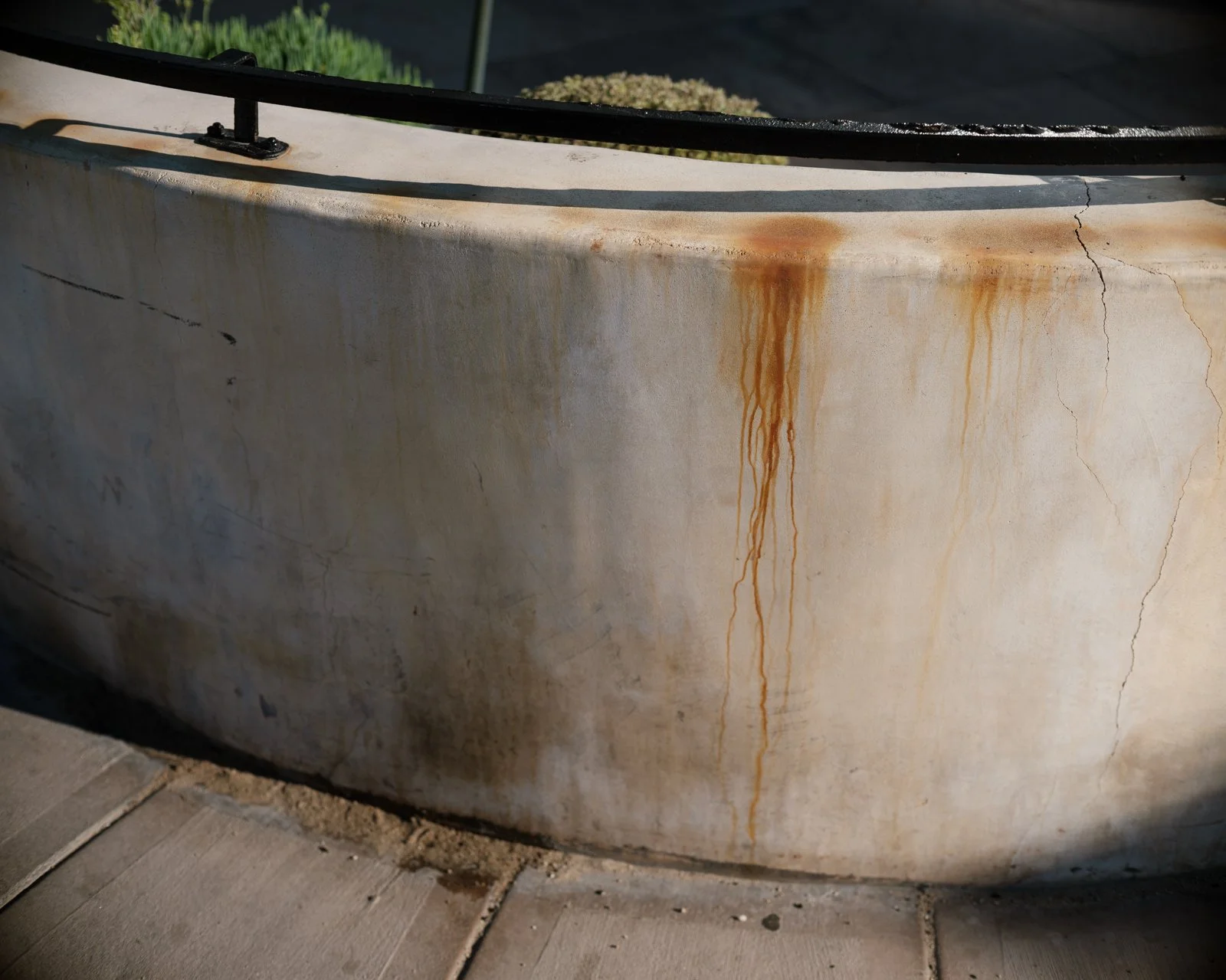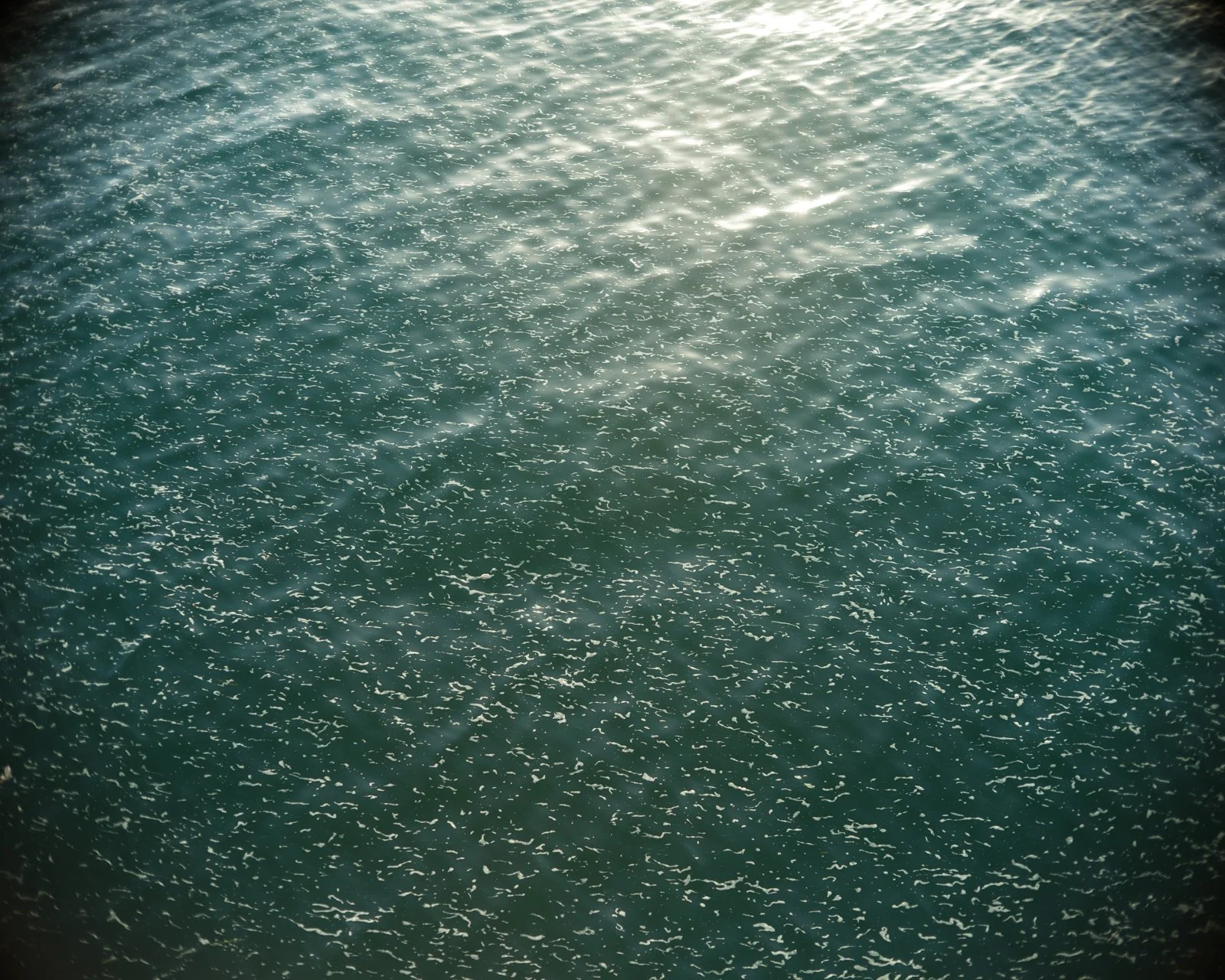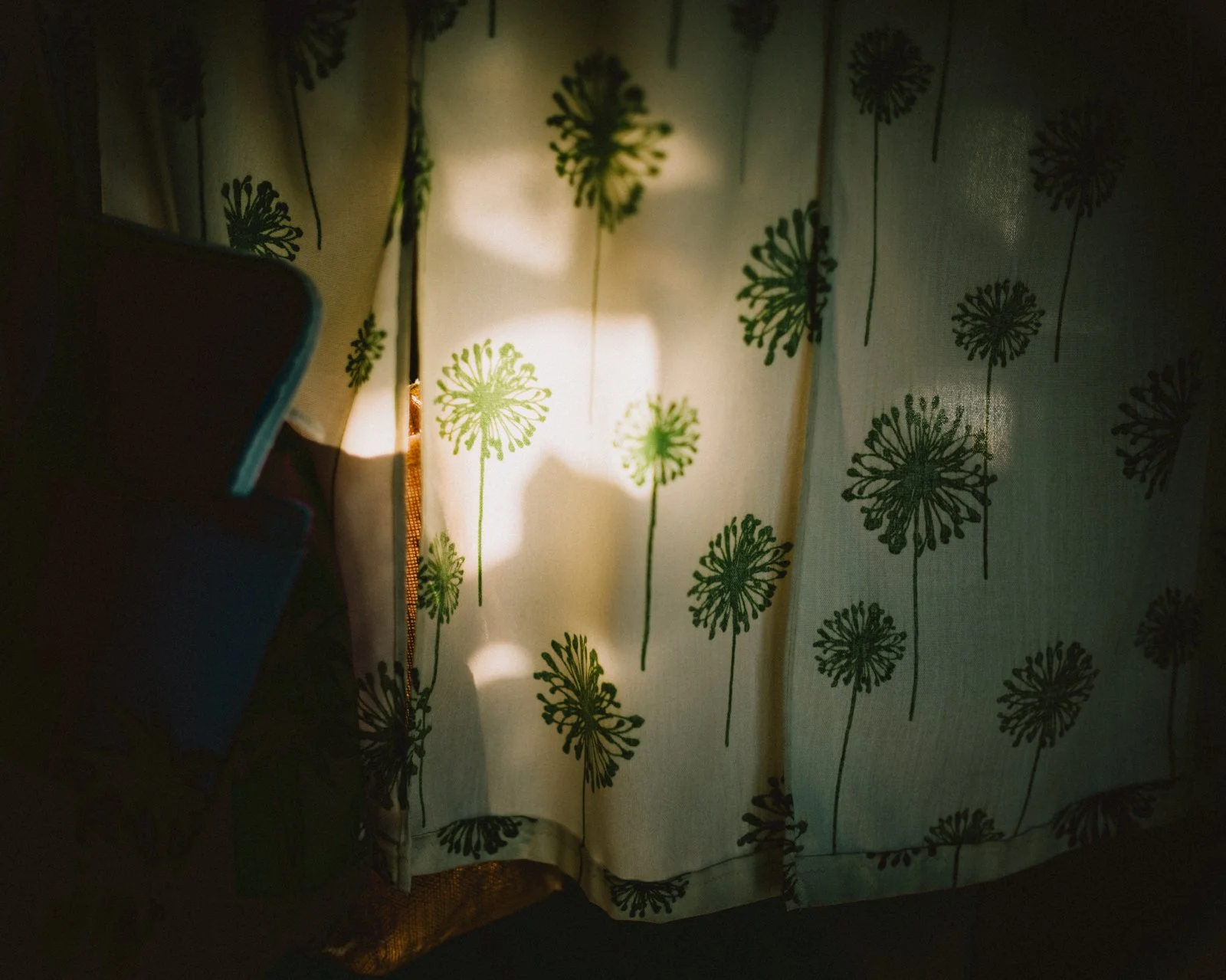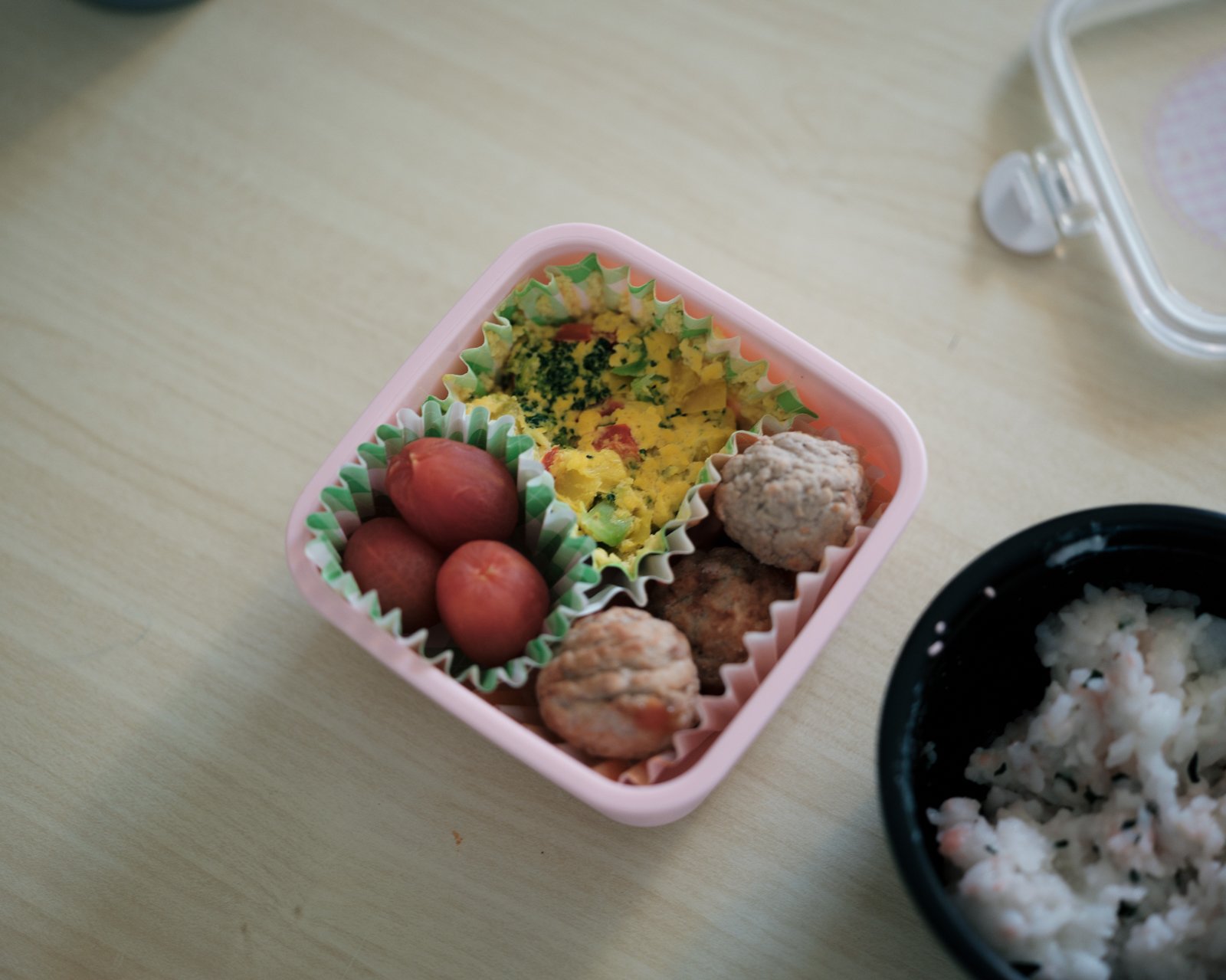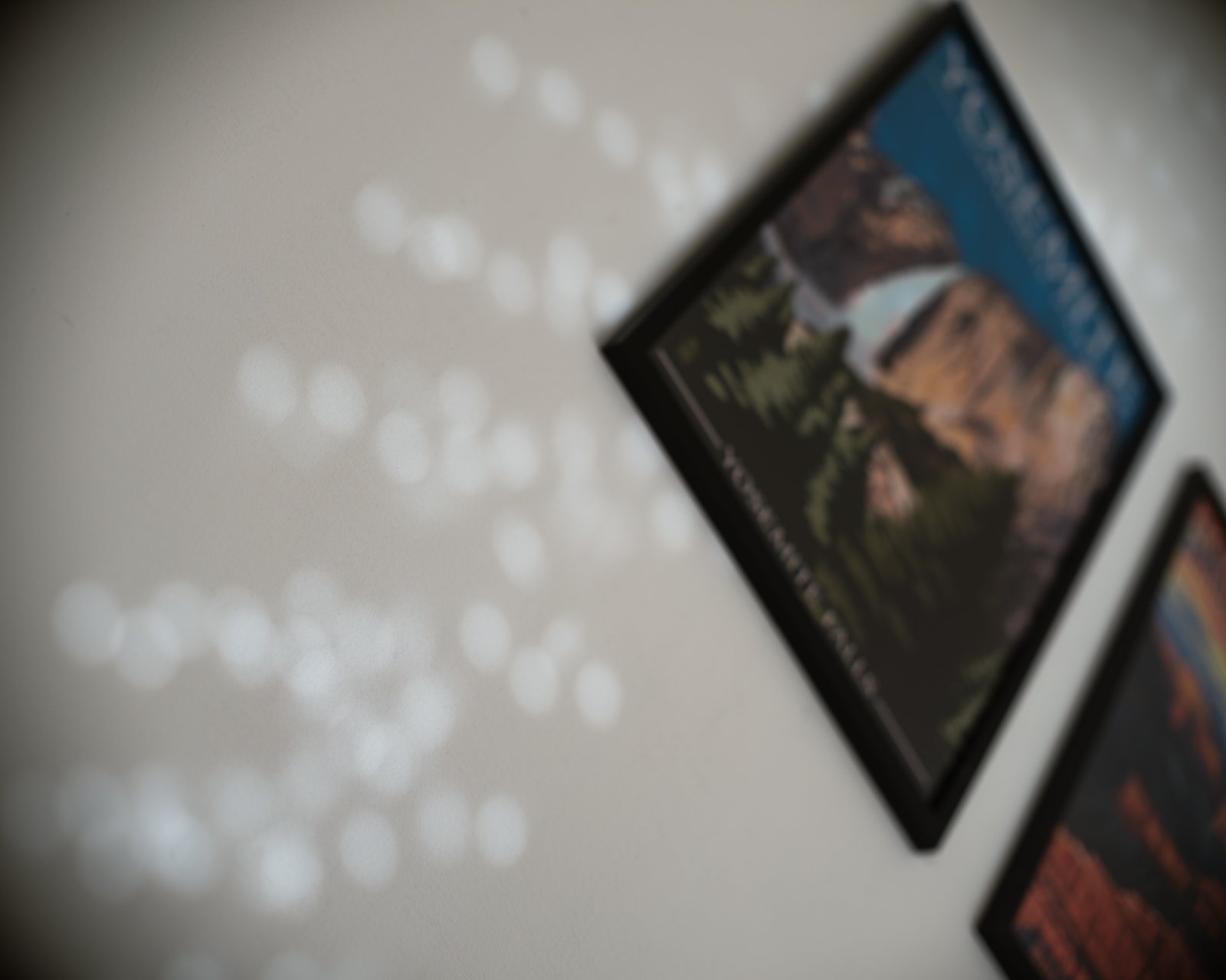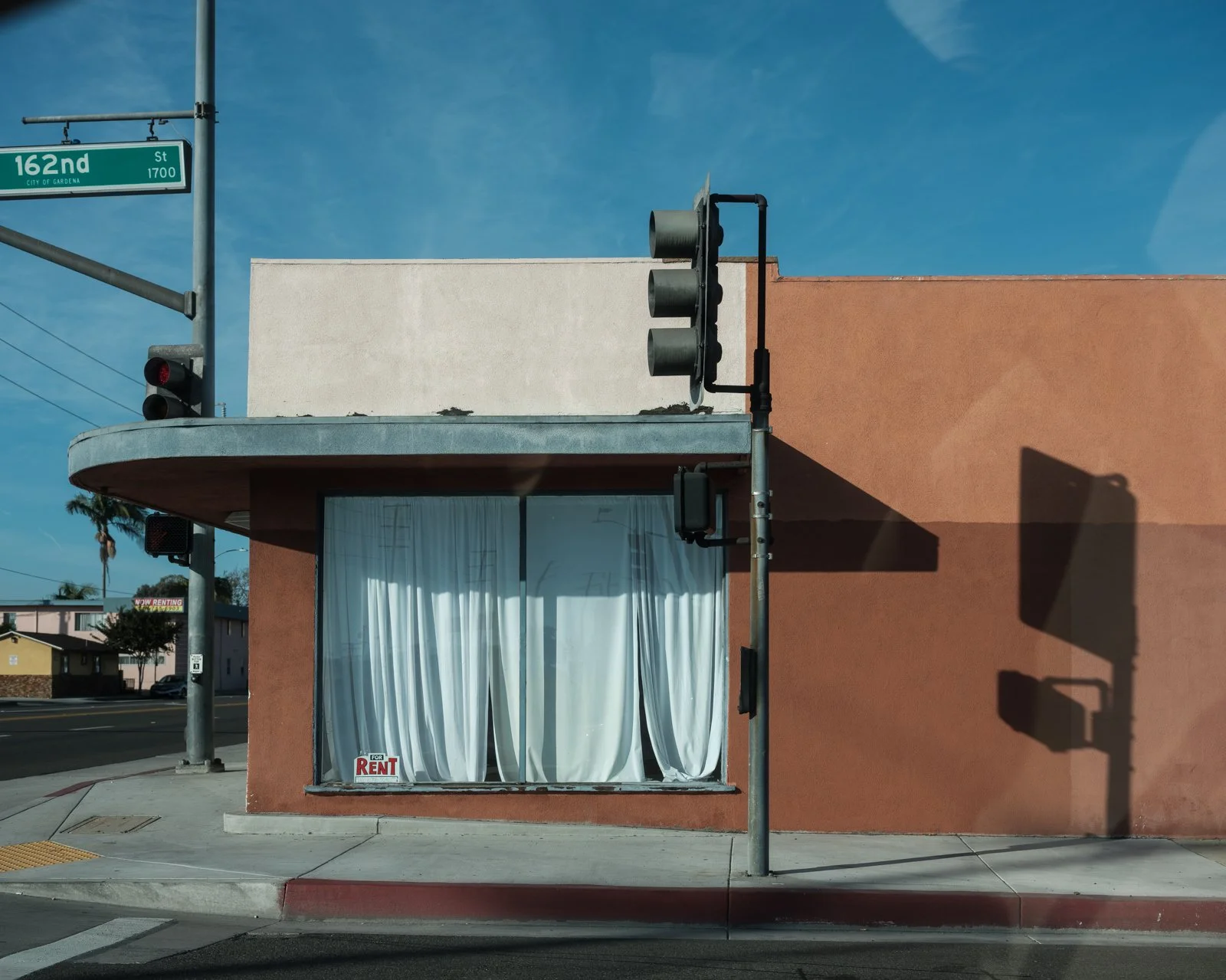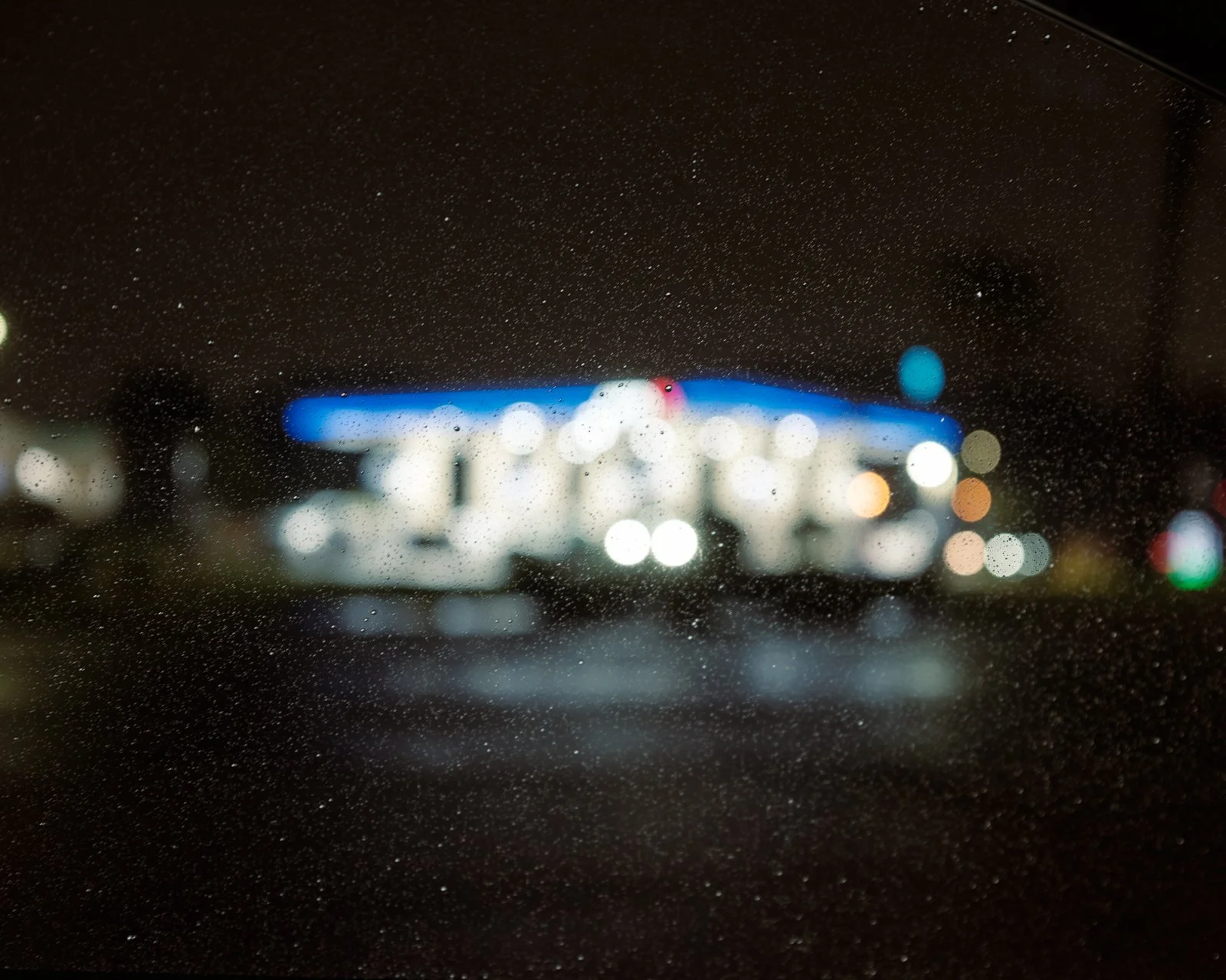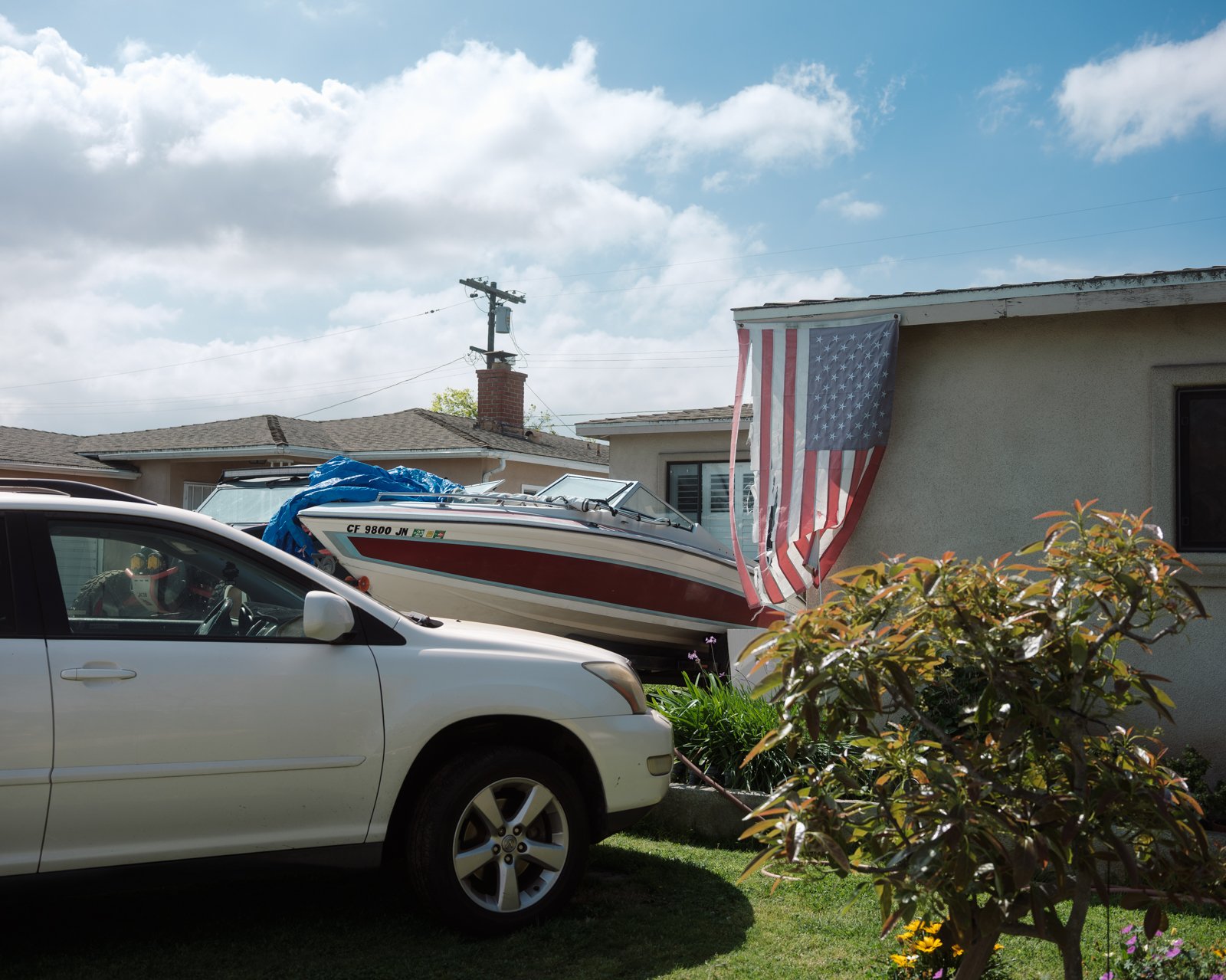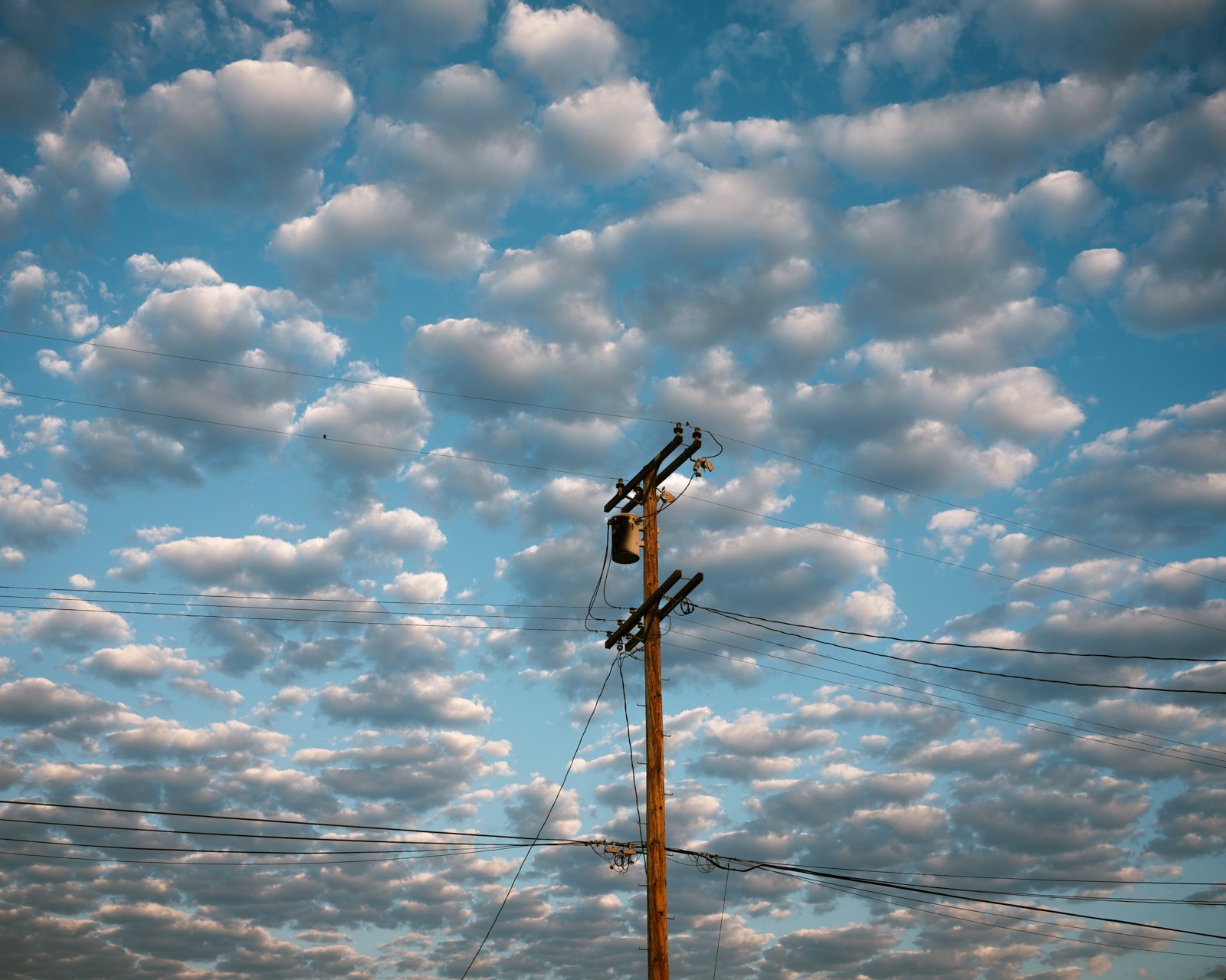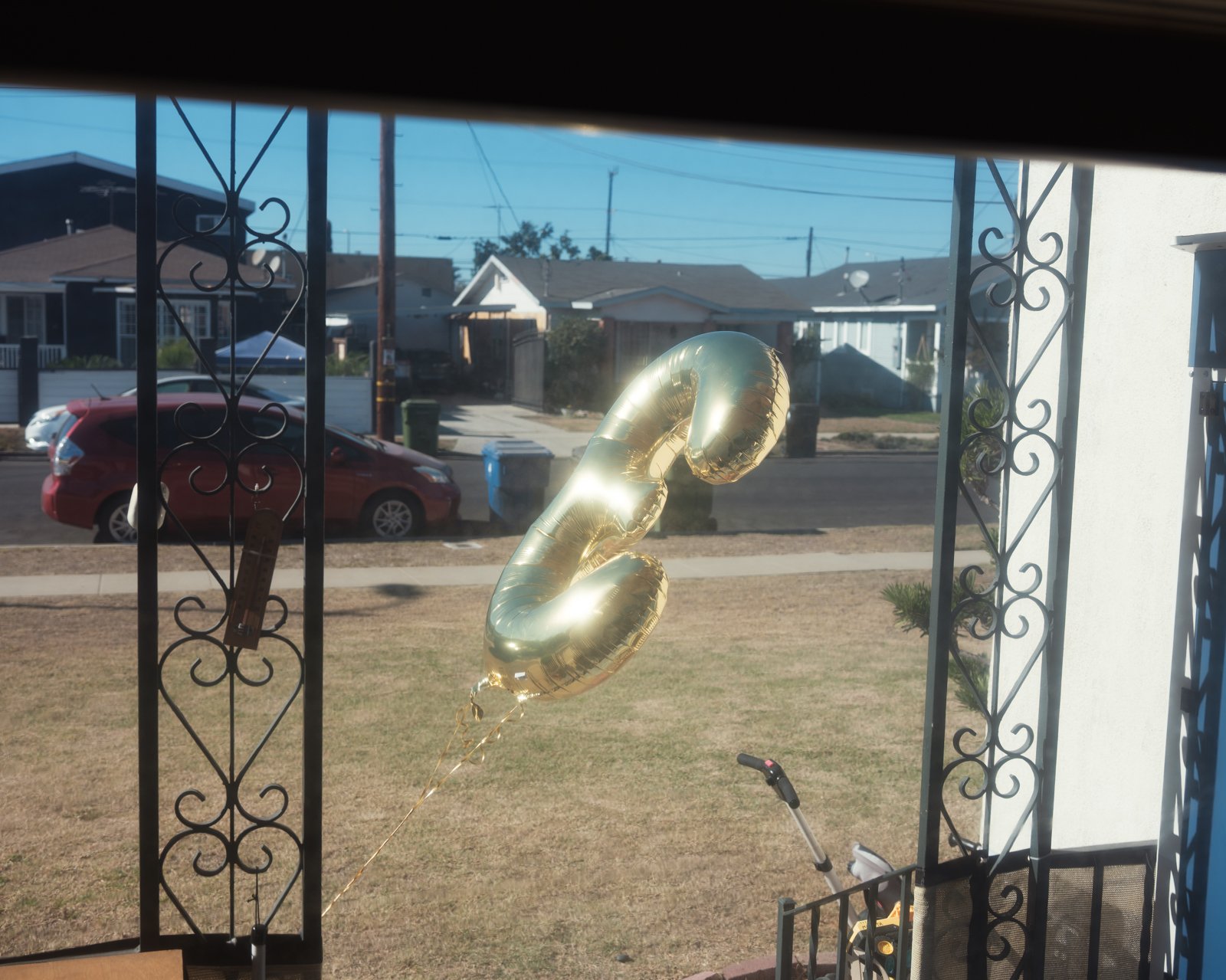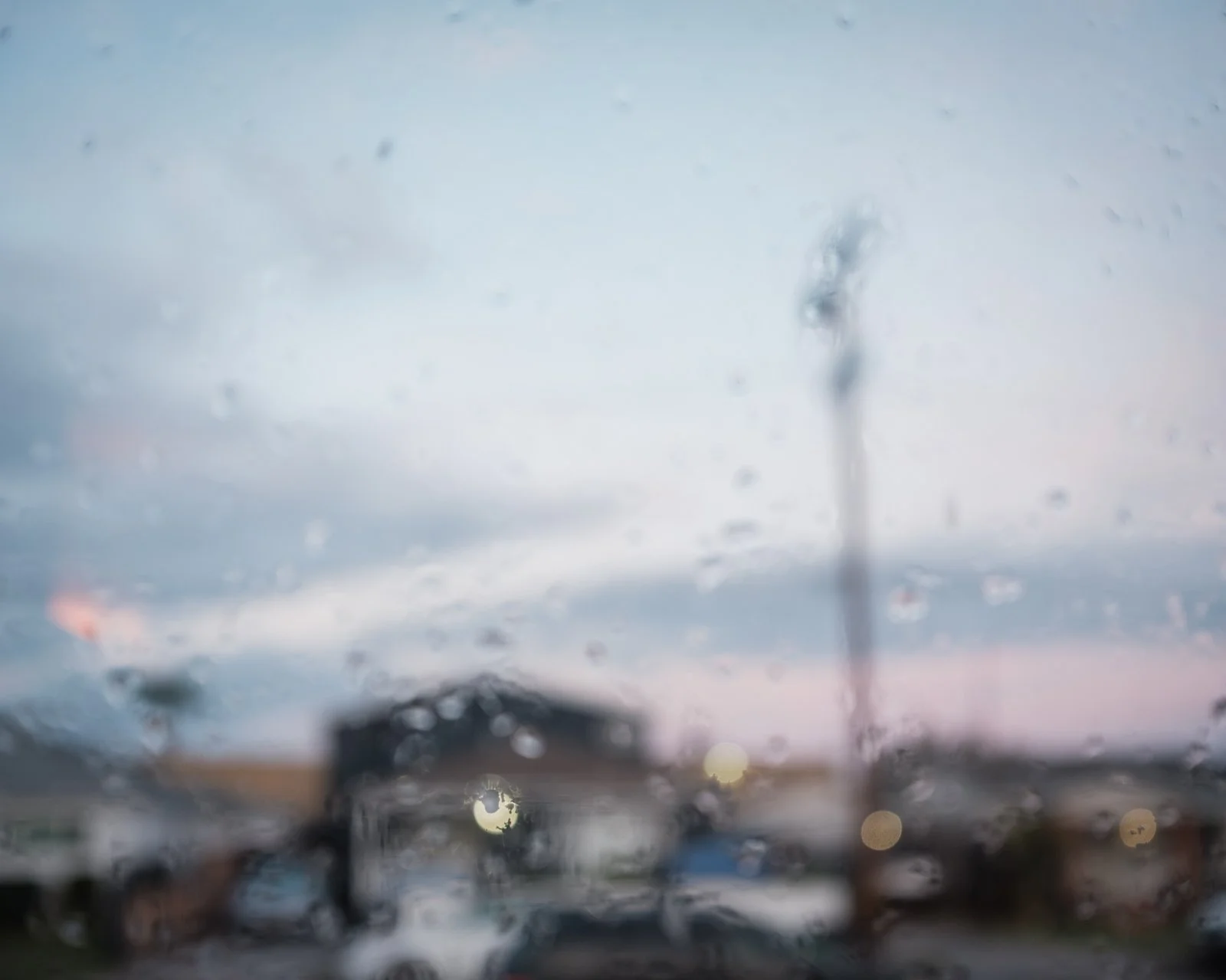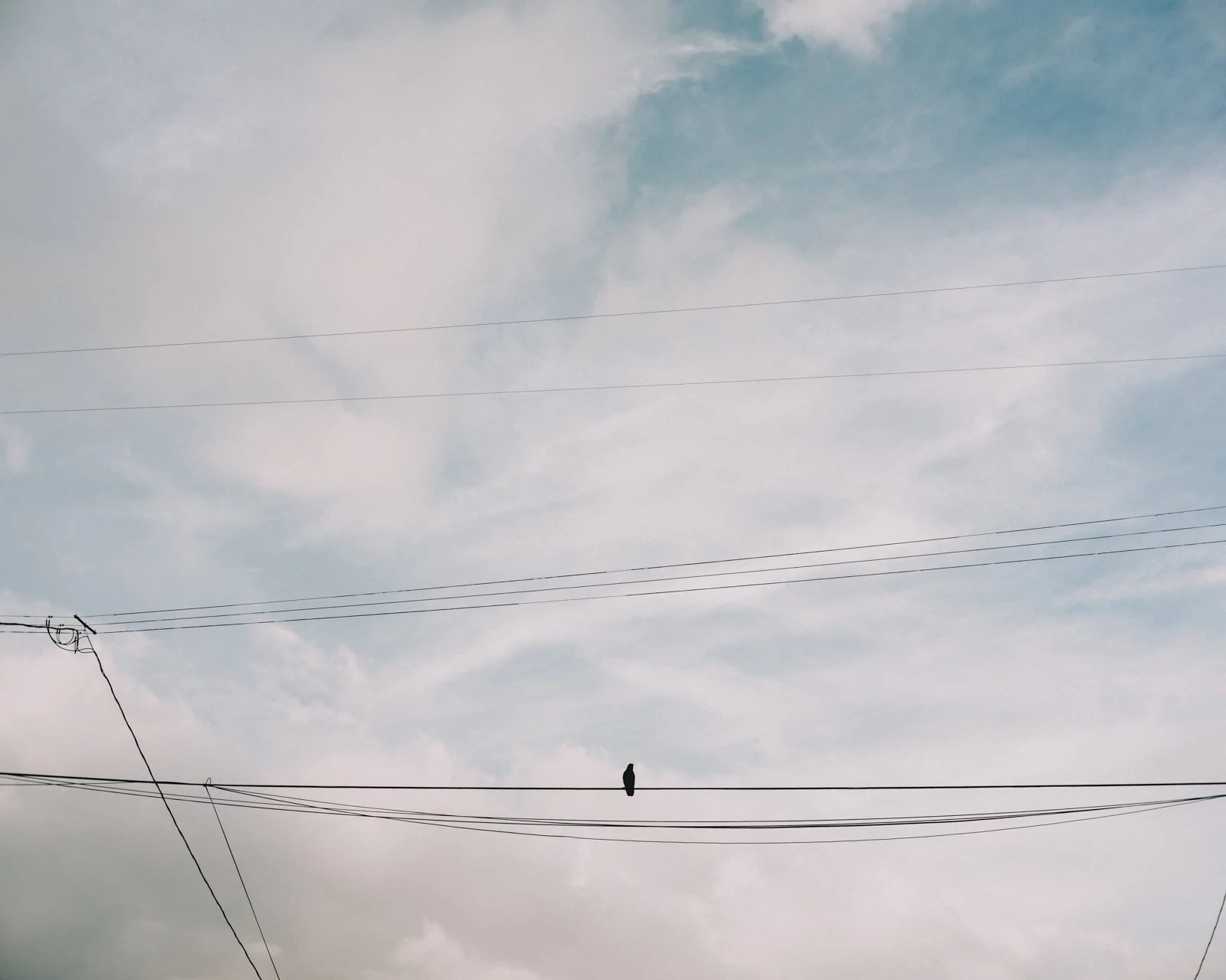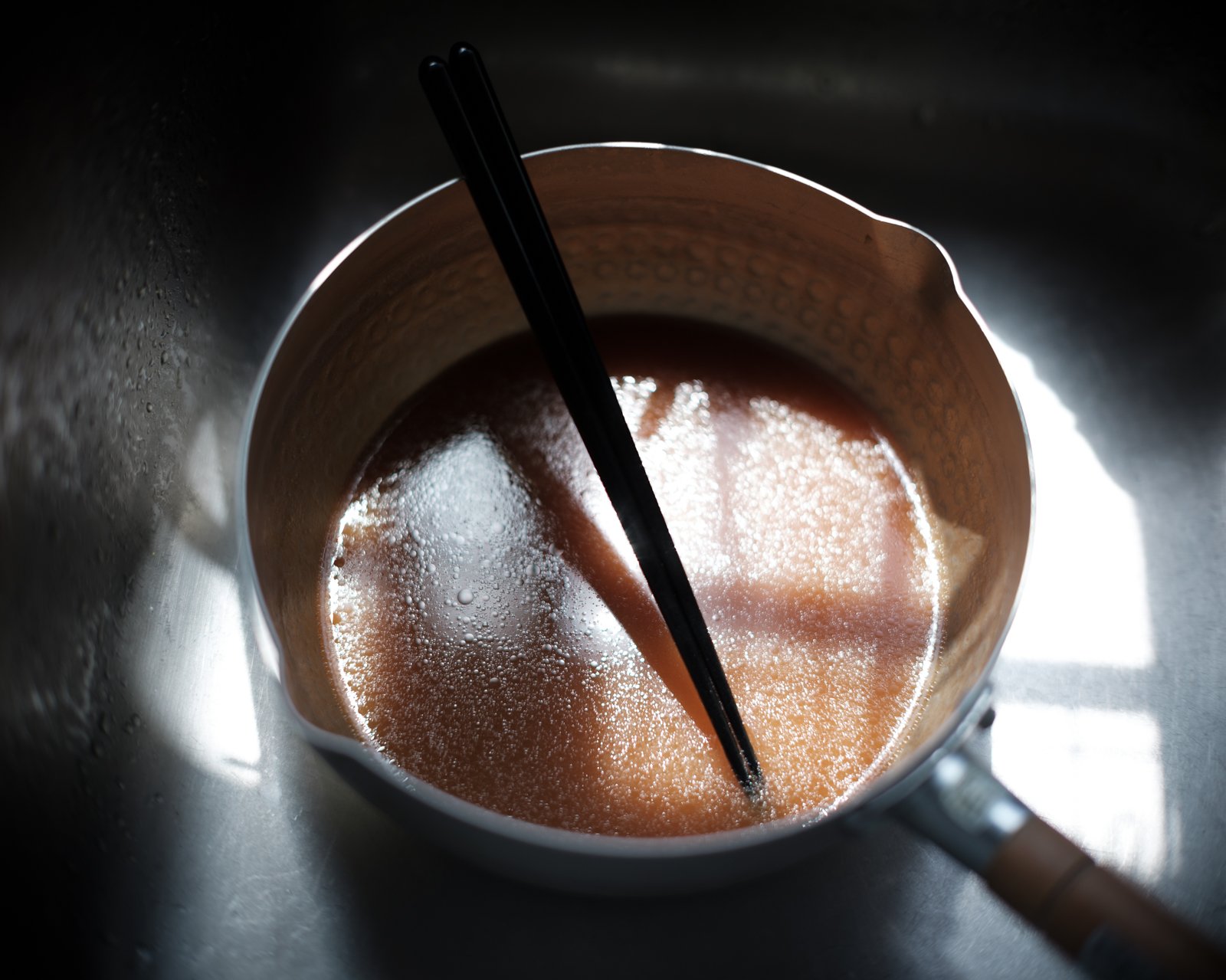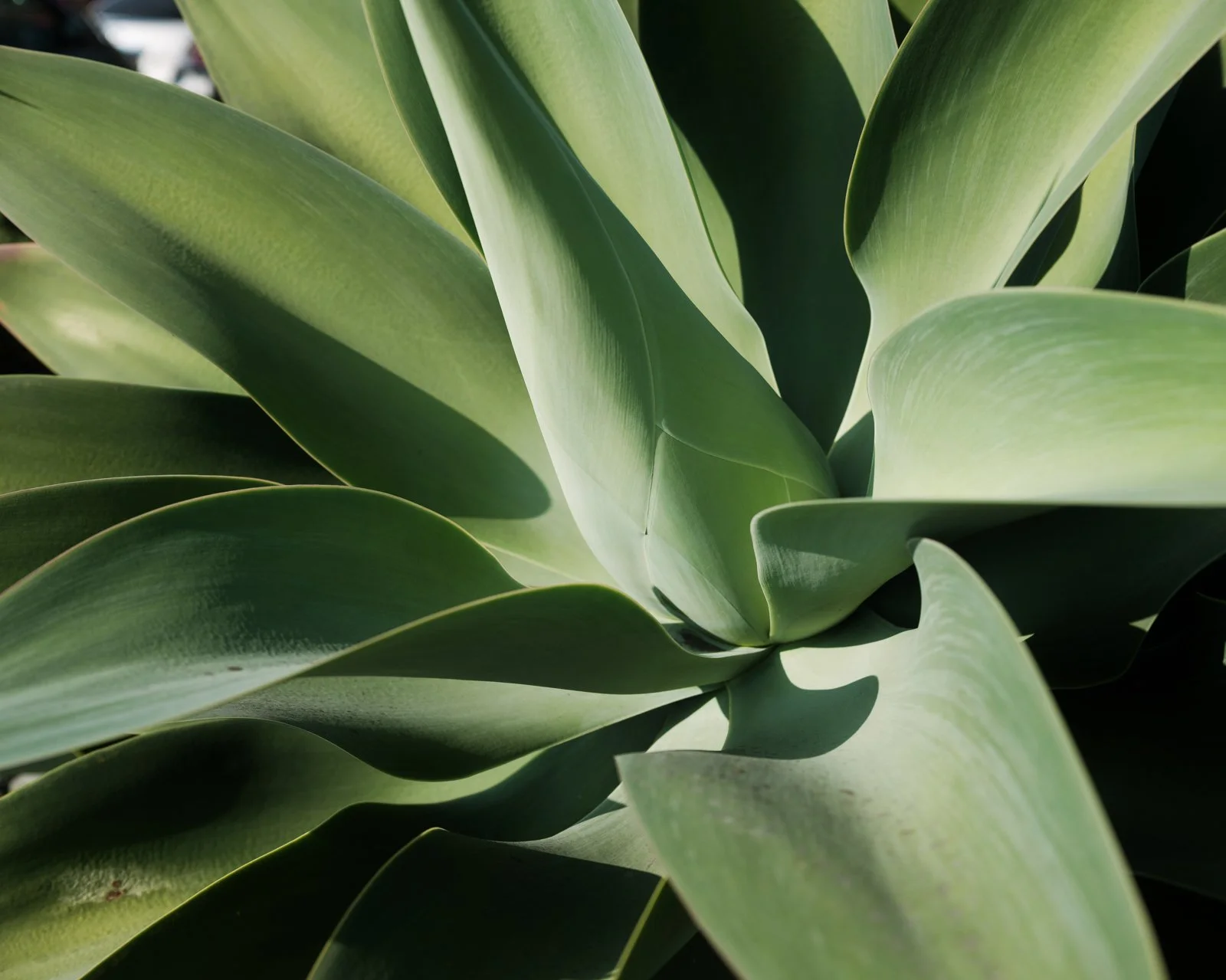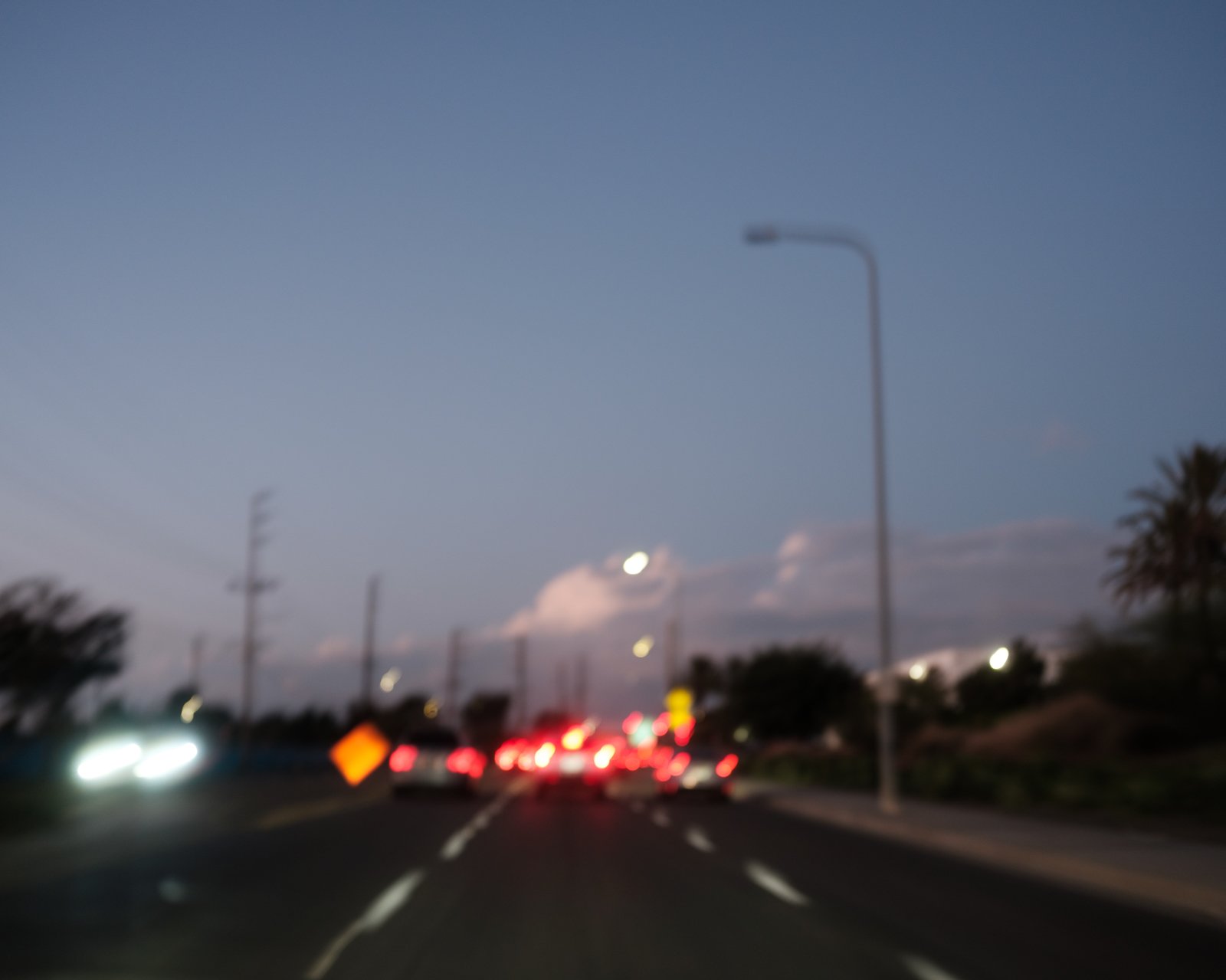Residual Vision
An attempt to return to seeing before it hardens into interpretation.
Each photograph is not memory or metaphor but a trace of perception itself—
the instant attention slips, light skims a surface, and the body reacts before thought.
Images raised not by judgment, but by instinct.
After my child was born, my fervor for photography faded, yet the act of seeing remained.
Not because things were beautiful, but because at times I simply could not help taking a picture.
There were images that seemed to make themselves—appearing only when I let attention drift and the world stepped forward.
Against a culture that demands clarity, I stay with opacity.
To look without knowing is a quiet refusal that keeps the world present without consuming it.
And in a time when images can be generated from prompts, photographing by hand chooses contact over result—
a practice of being-with that affirms the relation formed on site, without why.
The camera grants me hesitation and slowness, preserving the time it takes for the body to turn toward light.
What remains on the surface are residues—scratches, reflections, stains, distances—
not symbols, but tactile afterimages.
This series is a device for returning to the act of simply seeing.
Shedding intention, interpretation, and narrative, the photographs trace small remains—grain, shadow, distortion, interval.
Not decisive moments, but suspended time.
In household gestures and suburban edges—in the spaces between things—vision simply persists.
Part of the final selection was entrusted to AI: not to erase intention,
but to witness the gap between intention and result—to check the echo of my gaze through another.
What is burned into the image is not memory, but something lighter—the residue of seeing.
Within that slight trace, the will to share time with the world stays quietly alive.
解釈へ固まる前の「見る」へ戻る試み。
一枚一枚は、記憶や比喩ではなく――知覚そのものの痕跡である。
視線がわずかに逸れるとき、光が面をかすめるとき、思考より先に身体が反応したその刹那を留める。
判断ではなく、本能から立ち上がった像。
子どもが生まれてから、写真への情熱は薄れていったが、「見る」ことだけは奪われなかった。
美しいからではない、ただ撮らずにいられない場面があった。
意図しては撮れないのに、ふと撮れてしまう――無意識に任せたときだけ世界のほうから現れる写真である。
明快さを迫る文化に対して、不透明さにとどまる。
知らないまま見ることは、世界を消費せず現在させるための静かな拒否だ。
そして、プロンプトから無限に画像が生成できる時代に、手で撮ることは「結果」ではなく「接触」を選ぶ行為になる。
撮影とは、空間・時間・被写体と同じ時間を分かち合い、理由なく(without why)その関係を肯定する実践でもある。
カメラは私に“ためらい”と“遅さ”を許し、身体が光に向かうまでの時間を保存する。
そこで残るのは、象徴ではなく、傷・反射・染み・距離といった感覚の残滓――触覚のような余韻だ。
このシリーズは「ただ見る」へ立ち返る装置である。
意図や解釈、物語を脱ぎ捨て、ざらつきや影、歪み、間(ま)といった微かな痕跡をなぞる。
決定的瞬間ではなく、保留された時間。
家の身振りや郊外の縁、物事と物事のあいだに、視覚はただ持続する。
写真に焼きつくのは記憶ではない。もっと軽やかなもの――「見る」という行為の残滓だ。
そのわずかな痕跡の中に、世界と時間を分かち合おうとした意志が、静かに生きている。
